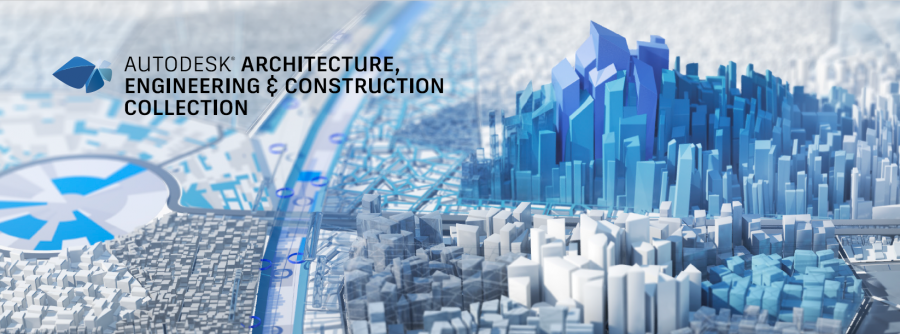Advance Steel Automation: How to Save Time and Improve Accuracy

Advance Steel Automation: How to Save Time and Improve Accuracy
Advance Steel is a powerful CAD software program that can be used to automate the design and detailing of steel structures. By automating repetitive tasks, Advance Steel can help engineers save time and improve accuracy.
Parametric Connection Library
The parametric connection library in Advance Steel is a powerful tool that can be used to automate the design of steel connections. The library contains a wide variety of connections, which can be customized to meet the specific requirements of a project.
Using the parametric connection library can save engineers a significant amount of time. Instead of manually creating each connection, engineers can simply select the desired connection from the library and modify it as needed.

Porta Building
The porta building tool in Advance Steel is a powerful tool that can be used to automate the design of prefabricated steel buildings. The tool includes a variety of features that allow engineers to quickly and easily create porta buildings, including:
- A library of prefabricated components
- A wizard that guides engineers through the design process
- The ability to create custom components

Folded Plate and Stairs
Another way Advance Steel automation is demonstrated is the folded plate and stairs tools which are powerful tools that can be used to automate the design of folded plate structures and stairs. The tools include a variety of features that allow engineers to quickly and easily create folded plate structures and stairs, including:
- A library of prefabricated components
- A wizard that guides engineers through the design process
- The ability to create custom components

Ladders and Rail Tools
The ladders and rail tools in Advance Steel are powerful tools that can be used to automate the design of ladders and rails. The tools include a variety of features that allow engineers to quickly and easily create ladders and rails, including:
- A library of prefabricated components
- A wizard that guides engineers through the design process
- The ability to create custom components
Revision Control
Revision control is a system for tracking changes to a design. Advance Steel includes a built-in revision control system that allows engineers to track changes to drawings, parts, and assemblies.
This Advance Steel automation can be helpful for ensuring that the correct version of a design is always used. Additionally, revision control can be used to track the history of a design, which can be helpful for troubleshooting problems.
Generating DXF and NC1 Files
DXF files are a common file format for exchanging CAD data. Advance Steel automation can be used to generate DXF files for a variety of purposes, such as sharing designs with other CAD users or exporting designs to manufacturing software.
Generating DXF files with Advance Steel is a quick and easy process. Simply select the desired objects and click on the “Export to DXF” button.
NC1 files are used to control the operation of CNC machines. Advance Steel can be used to generate NC1 files for a variety of steel fabrication processes, such as punching, cutting, and bending.
This can save a significant amount of time, as it eliminates the need to manually create NC1 files. Additionally, Advance Steel can ensure that the NC1 files are accurate and up-to-date.
Dynamo
Dynamo is a visual programming environment that can be used to automate tasks in Advance Steel. With Dynamo, engineers can create custom scripts that can be used to automate repetitive tasks, such as generating drawings, creating NC1 files, and generating DXF files.
Dynamo can be a powerful tool for automating tasks in Advance Steel. However, it is important to note that Dynamo is a complex tool and requires some programming knowledge to use.
Synchronisation with Revit
Advance Steel can be synchronised with Revit, which allows engineers to automate the import and export of structural BIM and fabrication models. This can save engineers a significant amount of time, as they can avoid having to manually create and update models in both software programs.
The synchronisation between Advance Steel and Revit is bi-directional, which means that changes made in one software program are automatically reflected in the other software program. This ensures that both models are always up-to-date.

Advance Steel Features
Advance Steel has all the tools of AutoCAD plus:
- Document Manager System with revision control to check status, update drawings, track changes and rename drawing numbers.
- Structural steel beam and column library
- Folded plate and flatten tools
- Building Grid
- Cut Beams and Plates
- Place bolts, anchors, holes, and shear studs
- Create welds
- Connection library – Create, copy and customise
- Stairs, handrails and cage ladder tools
- Portable/Gable Frame Tool
- Mono-pitch Frame tool
- Bracing tool
- Purlins, joist and truss tools
- Cladding tools
- Clash Check
- Camera views
- Automated drawings (requires configuration)
- 2D Shop Drawings (GA and part)
- Parts List
- Export to DXF
- Export NC1 (CNC Machine)

Drawing Webinar Series
Get access to the 4 day drawing webinar series:
- Understand Drawing style data structure
- Learn how to create new drawing styles or reuse existing
- Learn how the modeling impacts drawing output
- Learn general drawing style concepts for dimensioning
- Learn basic and advanced filtering for dimensioning objects
What's new in Advance Steel 2023


Get in Touch
DC is an authorised Autodesk Reseller providing products and services for the Architecture, Engineering, Construction, Infrastructure and Manufacturing Sectors.
Feel free to contact us on 1800 490 514, [email protected], by live chat or fill out the form below.

















